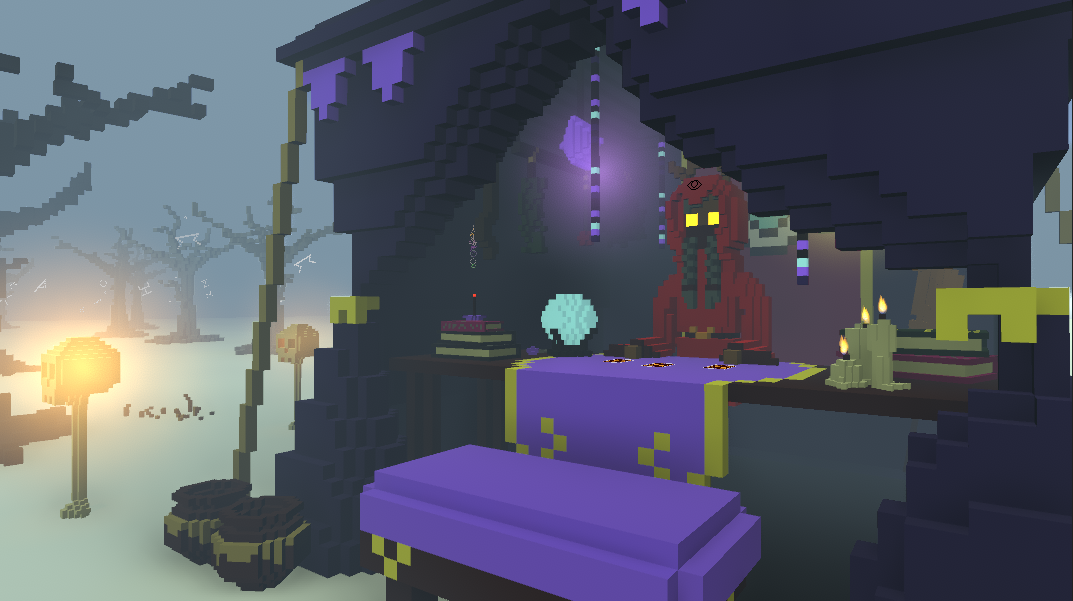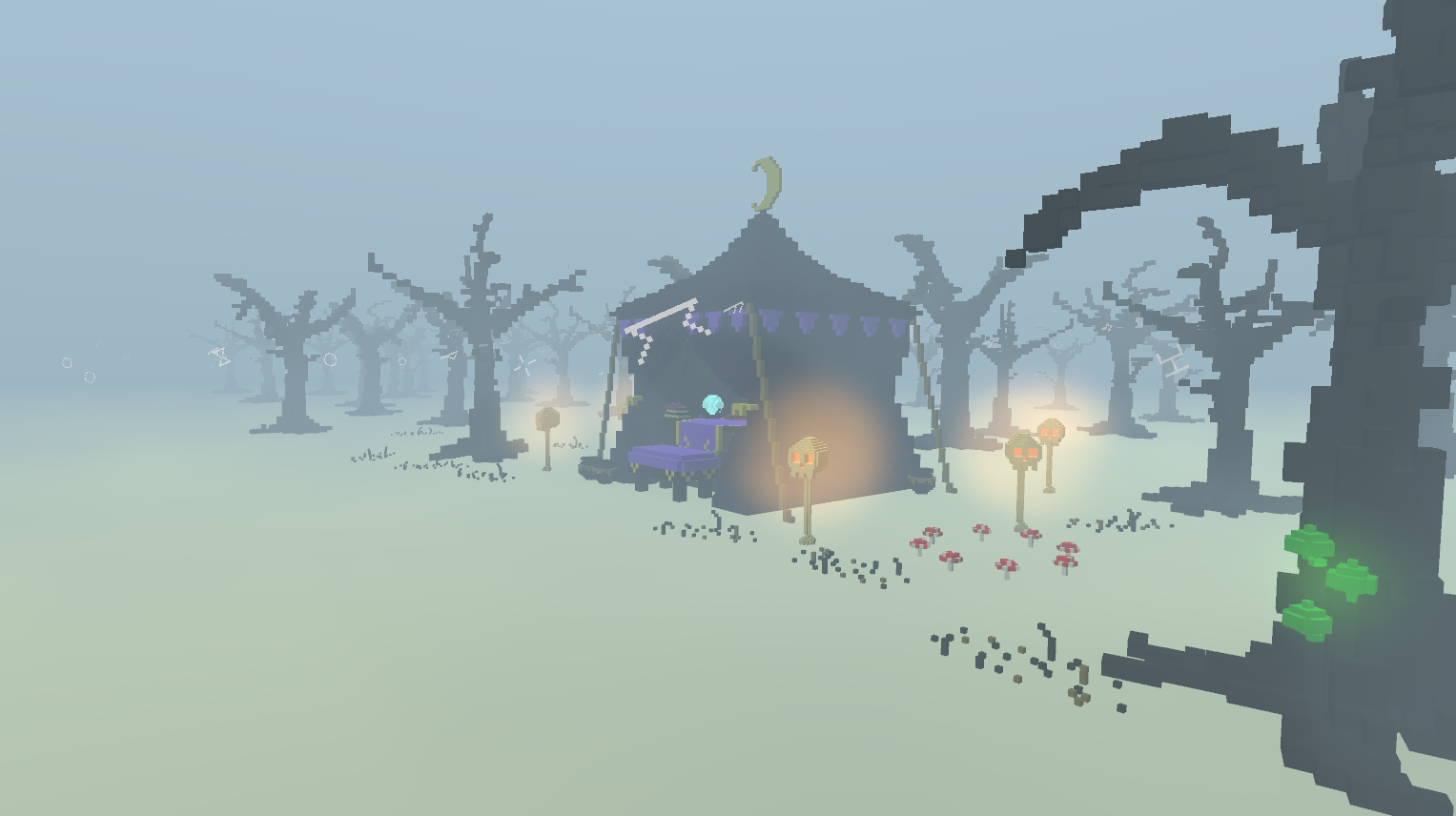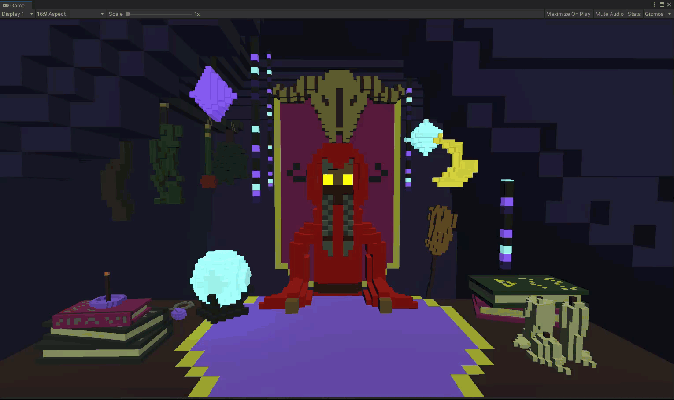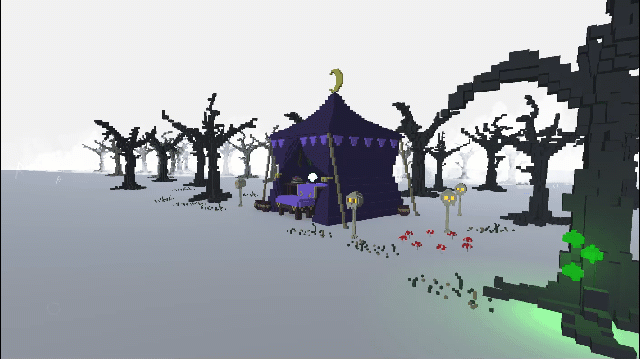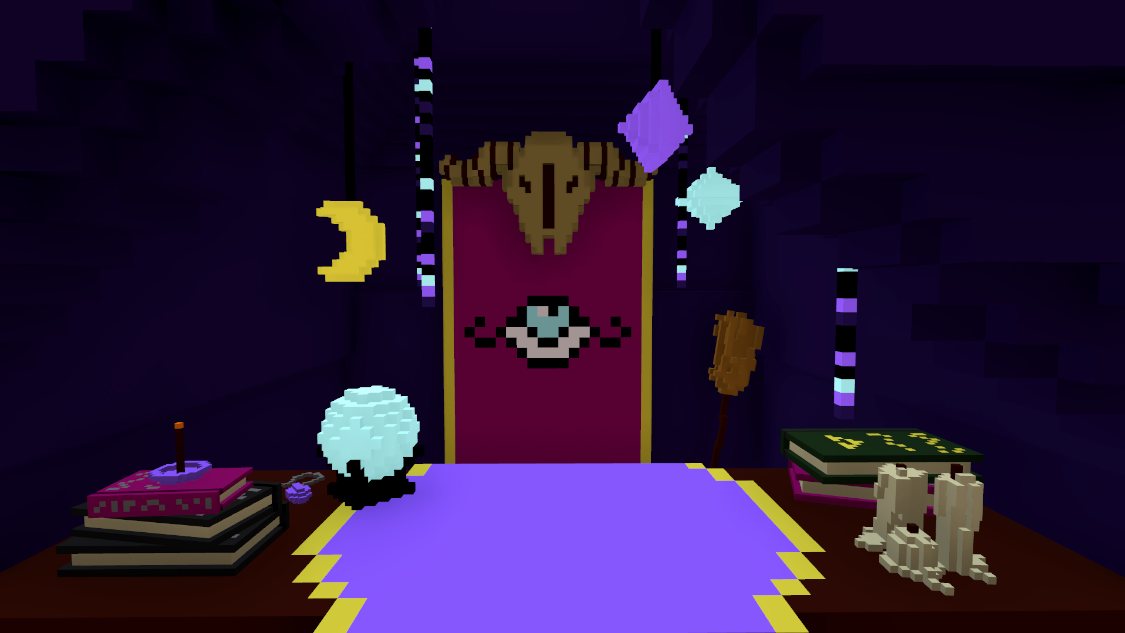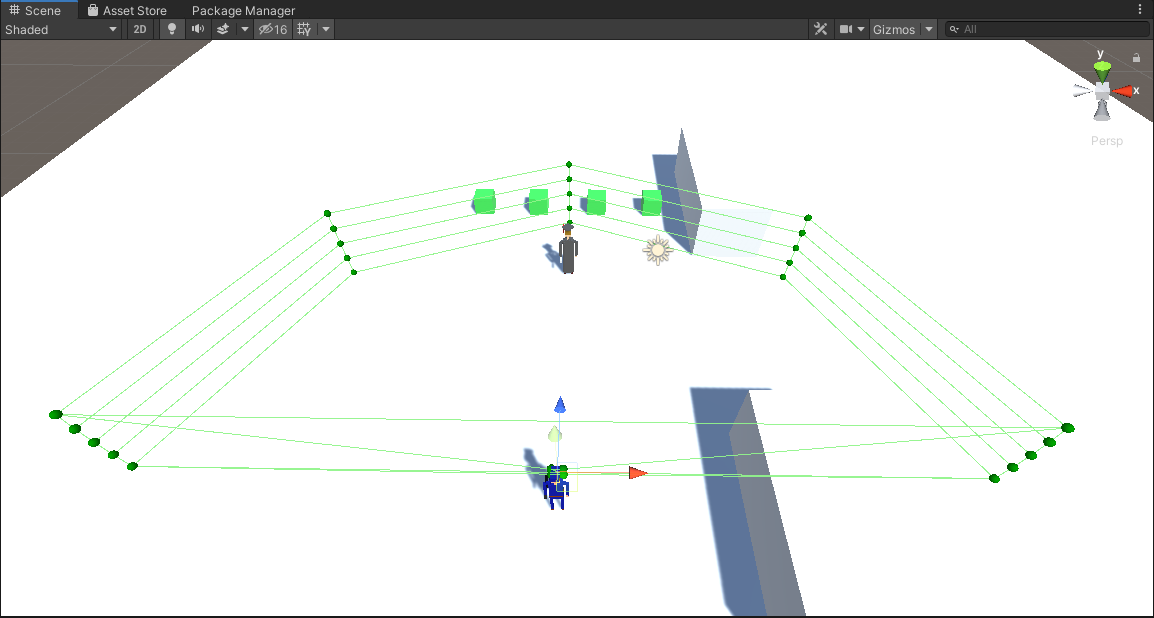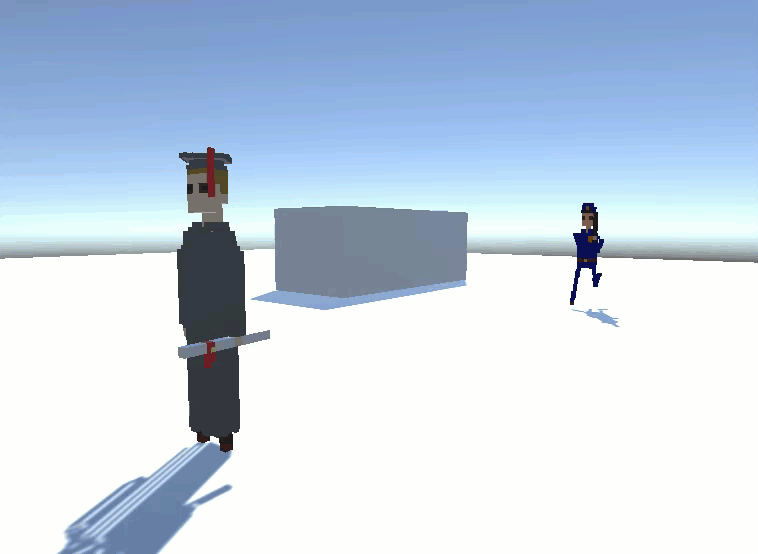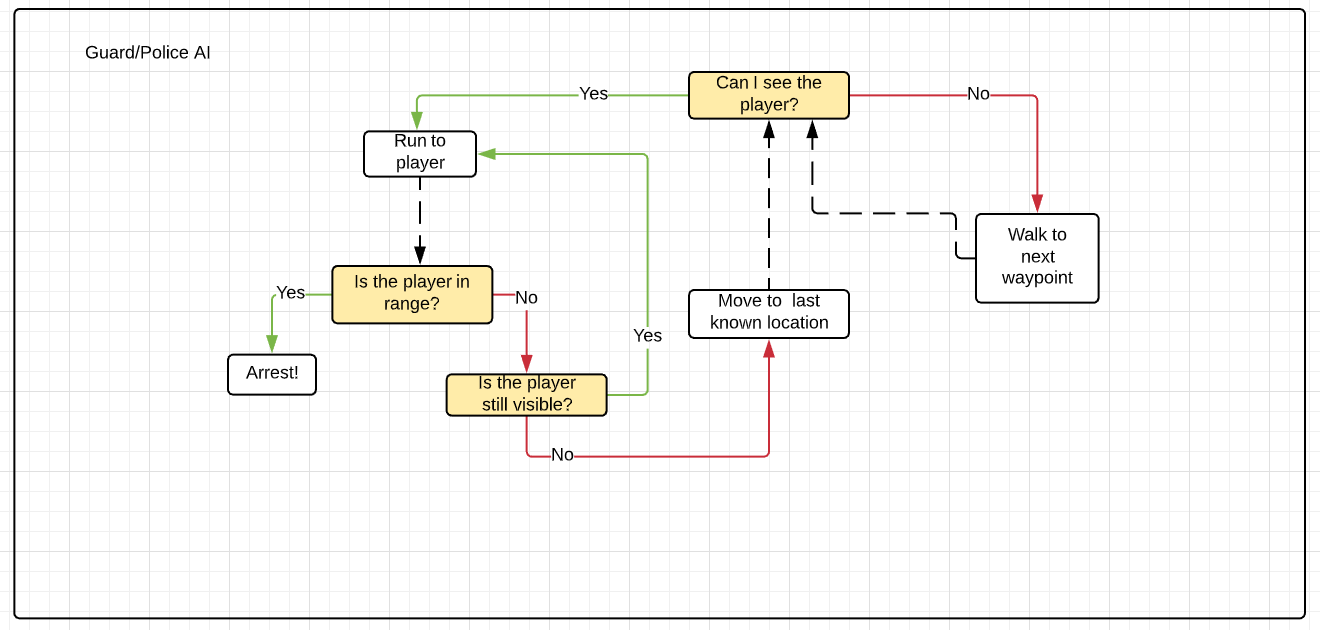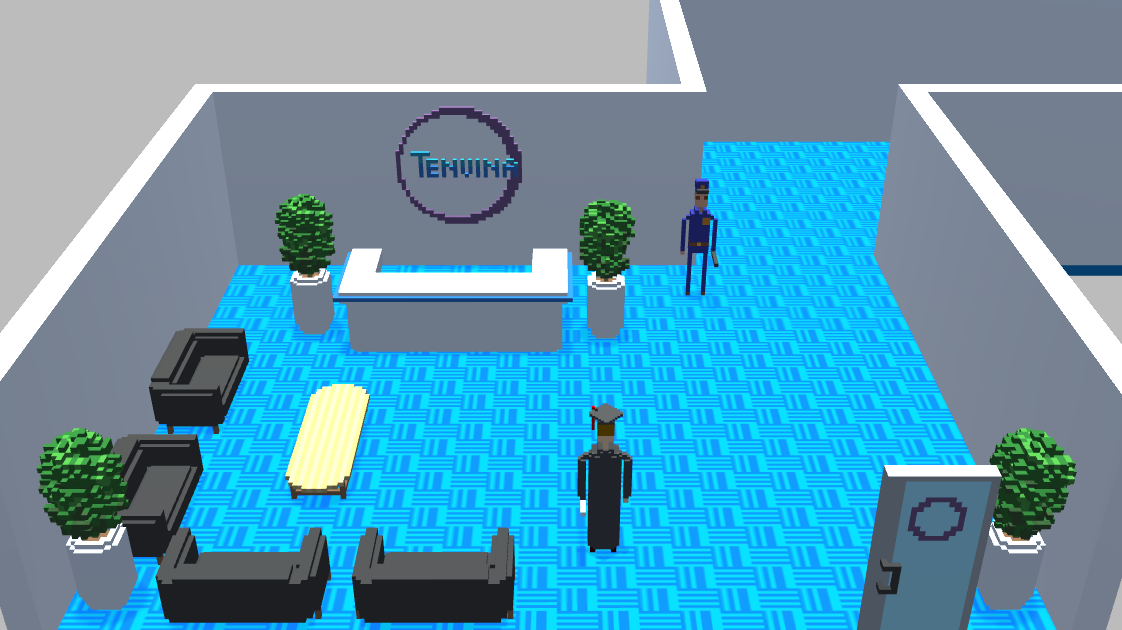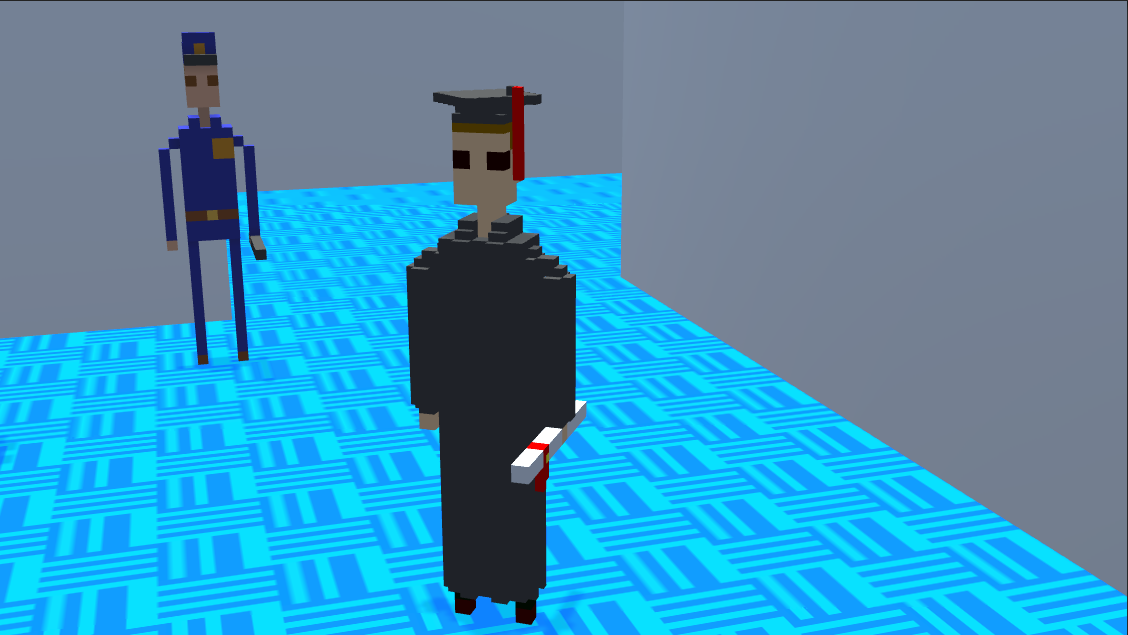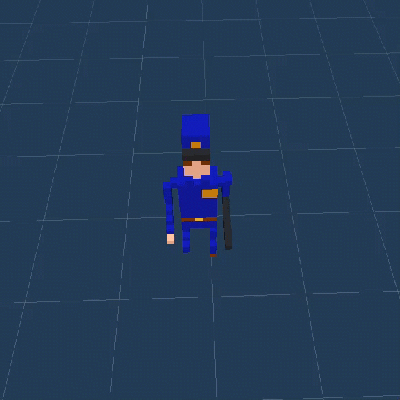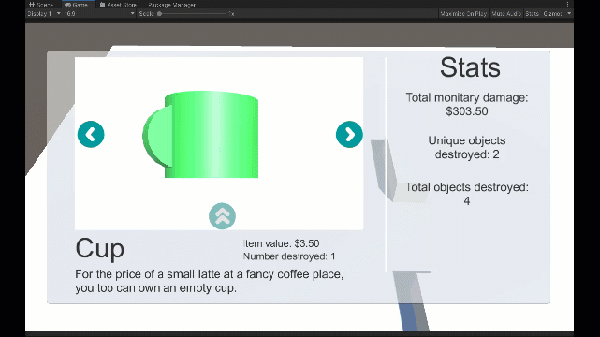Aaaaaaaaaaaaaaaand done!
https://everythingisbacon.itch.io/the-fortune-teller
Well. Okay. "Done." I managed to submit by the skin of my teeth, goodness gracious. I cut it way too close. I snuck in under the wire with a PC build, but then decided to see if WebGL even worked. It actually does pretty nicely, sans fog. So I have both versions available now. I'm going to work on this for one more day (there's a day left in February after all), and try to really pretty up the WebGL build.
...Also, I have 22 more card descriptions I need to write up. Whoops! I wasn't kidding when I said before that I understood why people charged money for books on tarot descriptions. It's so much work!
At some point this week I'm going to try and write up a postmortem about the project. There was a lot of stuff that I learned/relearned about Unity game production that I'd like to document.
But anyway, now I rest.







